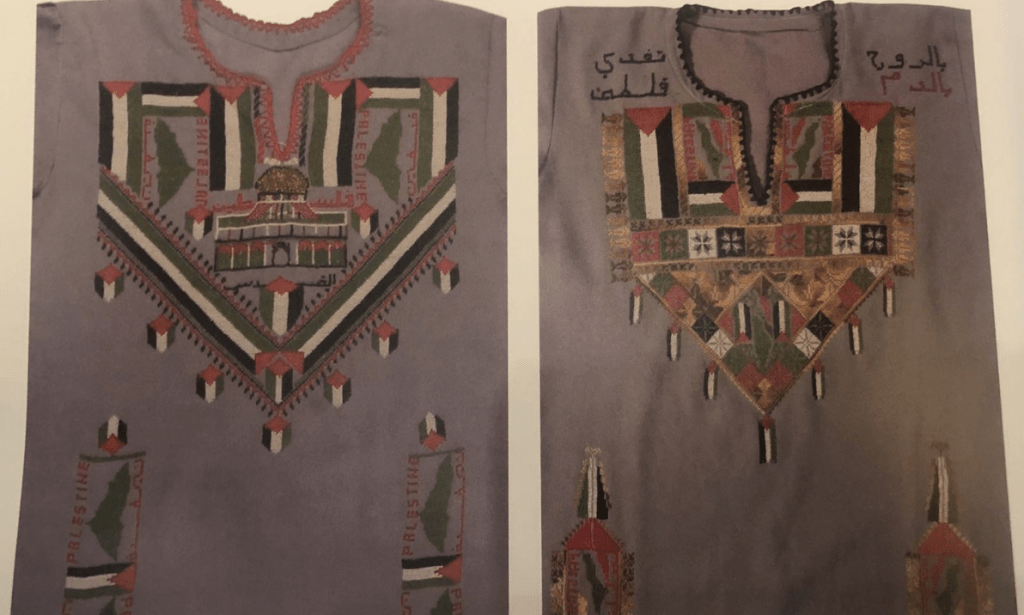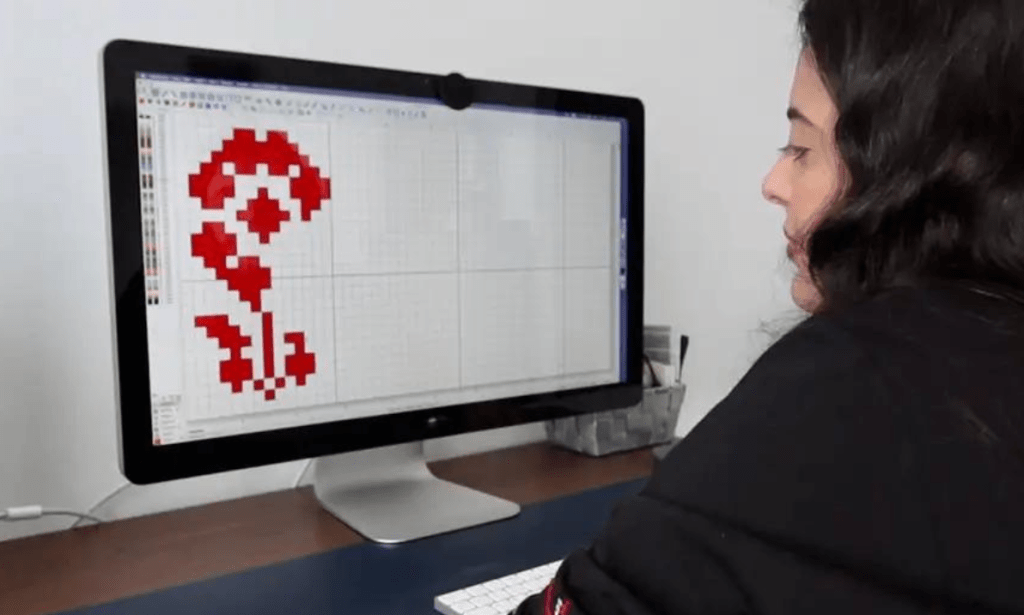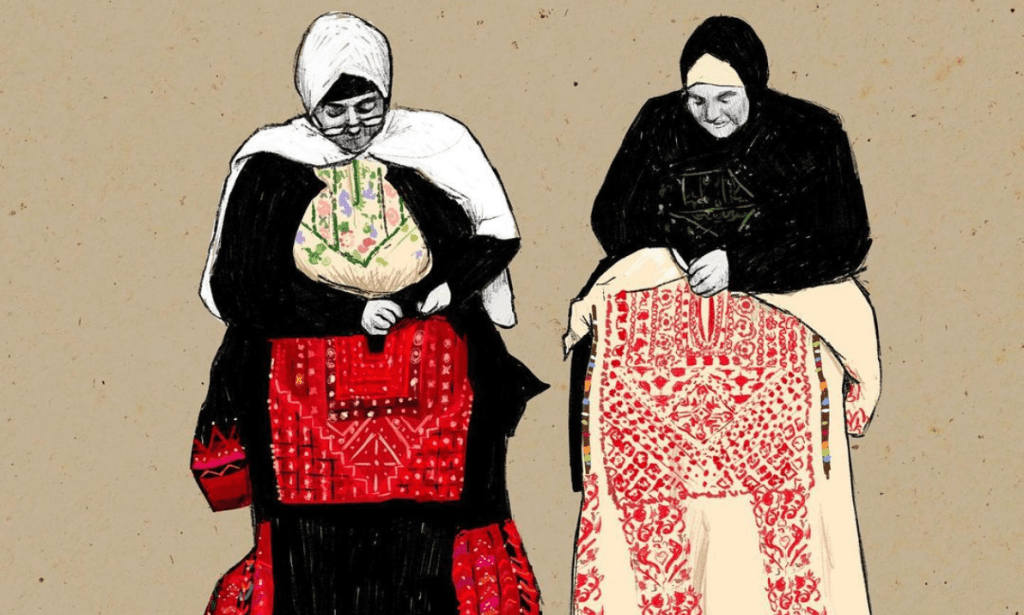Deeply interwoven in Palestinian identity is the traditional art of embroidery known as tatreez. In the past and to this day, it remains an important symbol of Palestinian culture. It is a unique type of embroidery that brings together different colored threads in various patterns to create traditional motifs. For years, it was passed down from mothers to their daughters and today, it remains a practiced art among the Palestinian nation that always carries some sort of symbolic meaning. Let’s take a deep dive into the age-old traditional art.
The Origins
A lot of people may not know this but Tatreez is a very ancient art, one that dates back 3,000 years ago to the Canaanite era. To truly understand this type of embroidery, we have to look into the root and meaning of its name, “Tatreez.” Tatreez is an Arabic word that refers to an exclusively Palestinian embroidery and needlework style that is stitched by Palestinian farm women.

Motifs, Patterns & Symbols
Palestinian tatreez is an intricate and deep art as it includes symbols, shapes and motifs that come together to tell a story. Each area of Palestine has its own style and pattern for example, in Jaffa, a common motif is the orange blossom as the city is popular for its oranges. While in Ramallah, women took inspiration from the cross-stitch designs of Quakers who established two boarding schools in the city. In a lot of ways, the tatreez that women wear represents their social status and the area of Palestine they live in.


A Tool For Resistance
Since 1948, tatreez wasn’t just a symbol of Palestinian landscapes and identity, it was also a tool of resistance. During this time, it was known to be illegal for citizens to display the Palestinian flag but that did not stop them from finding alternative ways to do so. What happened was that Palestinian women began to incorporate the Palestinian flag and its colors into their tatreez as a way to resist the occupation of Palestine.


Preservation
Today, the ancient and powerful art remains, especially as there is significant effort put in to preserve the age-old Palestinian needlework. One of the efforts put to retain tatreez is its inclusion in UNESCO’s Representative List of Intangible Cultural Heritage of Humanity, giving it global recognition.


Along with that, Palestinian-American entrepreneur Zain Masri created Tirazain, a digital library made up of Palestinian embroidery. Today, the library holds 1,000 cross-stitch designs that can be searched for by theme, color count, project duration, and origin. Tirazain is a creative way of documenting, preserving and reclaiming the art of tatreez.
With all the change and destruction occurring in Gaza, it is important to hone in on the remaining traces of the Palestinian identity, one of which is the beautiful art of tatreez.



